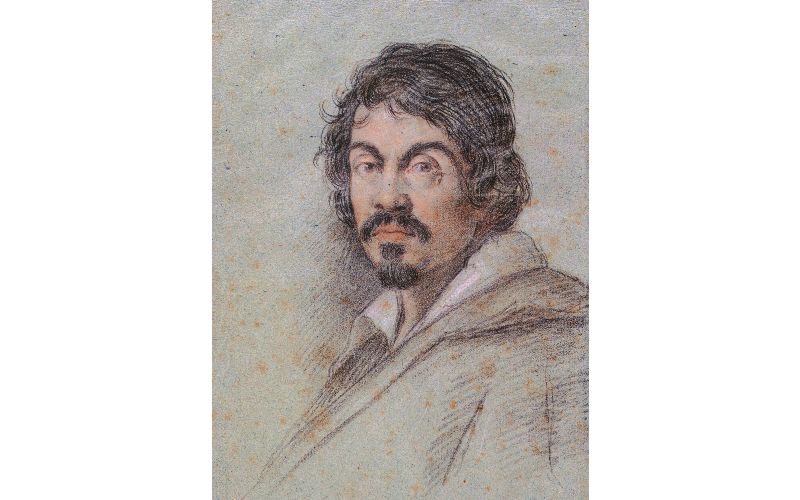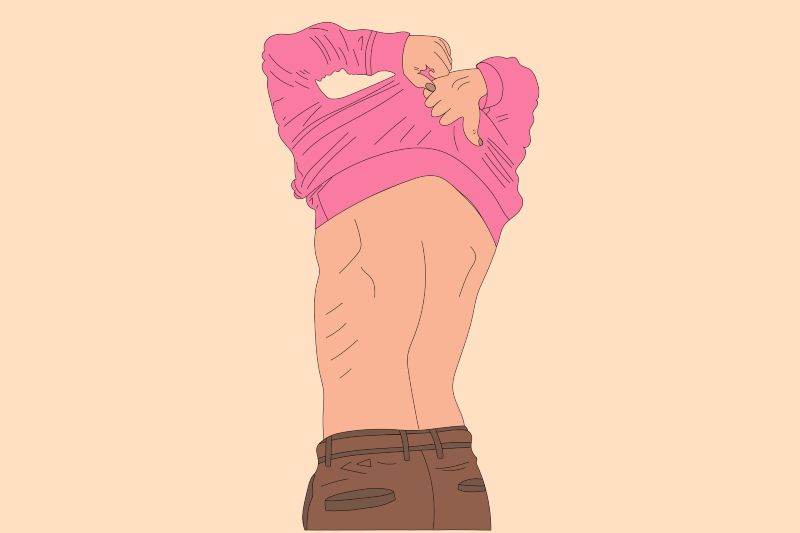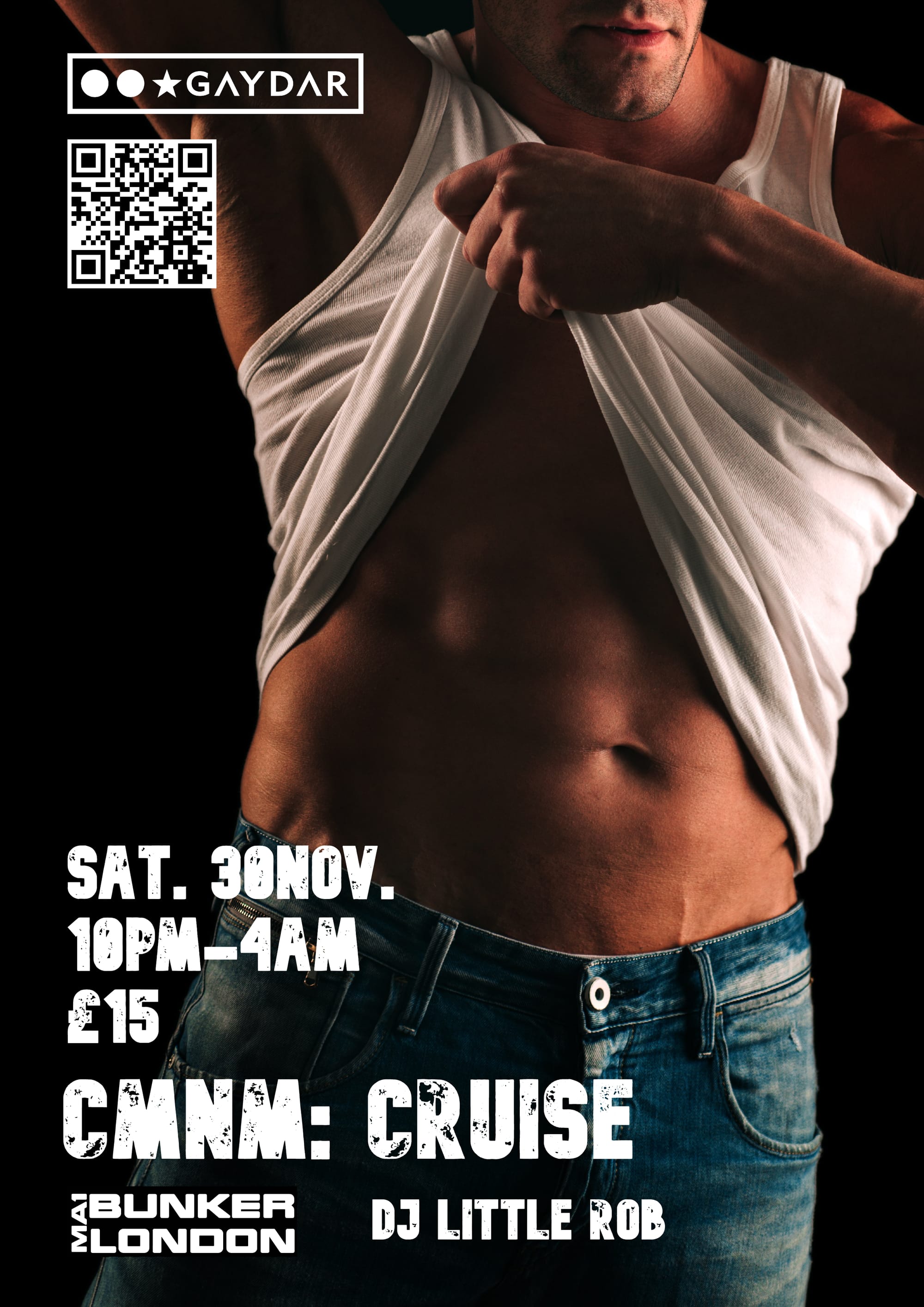100 Heroes: Caravaggio
The gay man who became an icon of the art world.

Michelangelo da Caravaggio was an Italian painter.
His paintings combine a realistic observation of the human state, both physical and emotional, with a dramatic use of lighting, which had a formative influence on Baroque painting.
Caravaggio vividly expressed crucial moments and scenes, often featuring violent struggles, torture, and death. He worked rapidly, with live models, preferring to forgo drawings and work directly onto the canvas.
Biography
Caravaggio was born in Milan 1571, where he trained as a painter.
In 1584, he began his four-year apprenticeship to the Milanese painter Simone Peterzano.
In 1592 - in his twenties - Caravaggio moved to Rome. He developed a considerable name as an artist but also as a provocative, volatile, and frequently violent man.
A brawl led to a death sentence for murder and forced him to flee to Naples in 1606. There, he again established himself as one of the most prominent Italian painters of his generation.
In 1607, he travelled to Malta and on to Sicily, from where he sought a papal pardon for his death sentence.
In 1609 he returned to Naples, where he was again involved in a violent clash - his face was disfigured and rumours of his death circulated. Questions about his mental state arose from his erratic and bizarre behaviour.
Caravaggio died in 1610 under uncertain circumstances while on his way from Naples to Rome. Reports at the time stated that he died of a fever, but suggestions have been made that he was murdered or that he died of lead poisoning.
Personal life
Caravaggio never married and had no known children.
It’s fairly widely accepted that Caravaggio was a gay man. Scholars point to the homoeroticism of his work, and there are number of men throughout Caravaggio’s life that appear to have been significant.
There are also contemporary records that indicate that Caravaggio frequently used young male prostitutes as models for his work as well as having sex with them.





